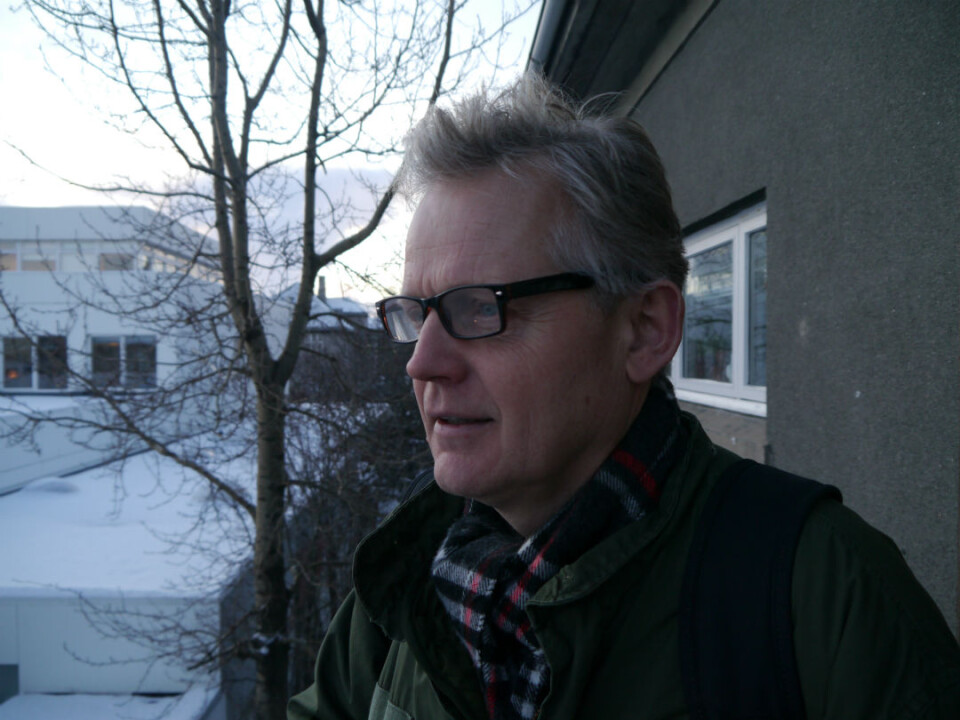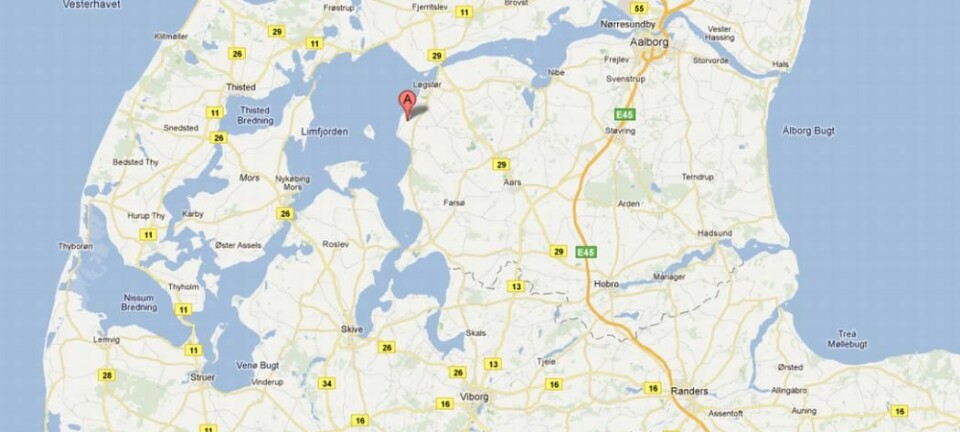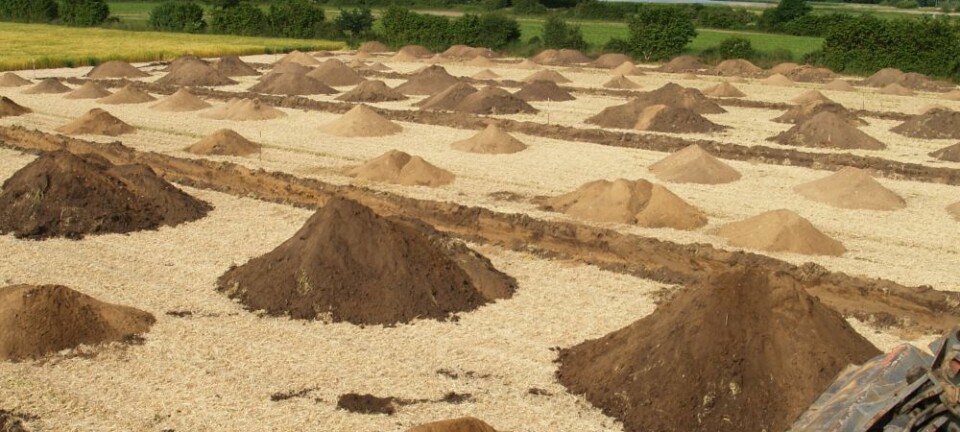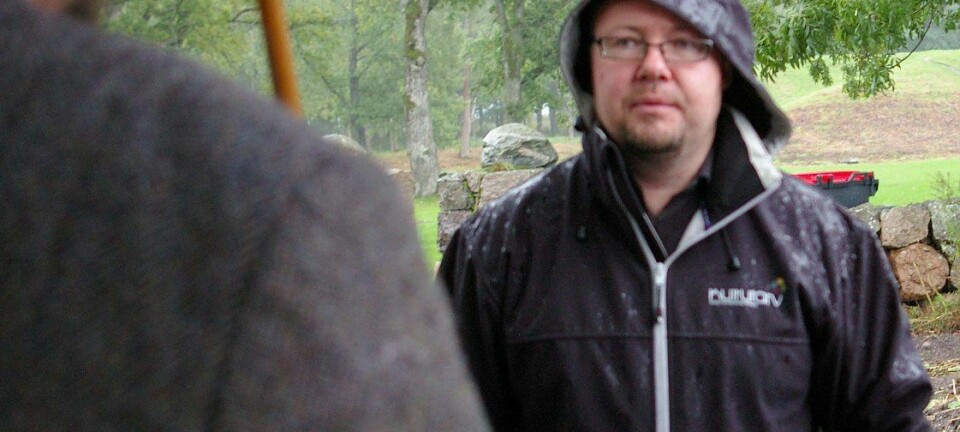
The North is barbaric and sublime
Many associate the North with wealth and progress. But ancient stereotypes of barbaric Vikings and primitive ignorance are still alive and kicking, says Icelandic historian.
Whale killing, wealth, Eskimos, ash clouds, long winters – and Björk. These are some of the most common images we have of the far North today.
But according to a new research project, ancient stereotypes of barbaric Vikings, primitive lifestyles and general ignorance are still very much alive too.
ScienceNordic spoke to historian Sumarliði Ísleifsson of the Reykjavík Academy. He is one of the project leaders of INOR, an Icelandic-led project which studies cultural images of the North. (see factbox at the bottom)
“The idea of the North,” he says, ”has always been complicated and flexible, presenting evil and good, rich and poor, the immoral and the admirable, civilised and barbaric, changing in both time and space – and never more so than in today’s fast-changing world of climate change and globalisation.”

Having studied the historical literature relating to the far North, Ísleifsson believes it makes more sense to speak of many and various Norths rather than a single North.
Evil barbarians and animals
In the ancient Mediterranean it was commonly believed that the North was a place of barbarians and ignorance.
This brutal image lives on in the Old Testament, where Jeremiah says: “Then the LORD said unto me: ‘Out of the North an evil shall break forth upon all the inhabitants of the land.’”
Northern people were frequently described in ancient times as having more in common with wild animals than with humans. And these ideas were not restricted to Europe only; they were also common elsewhere, for example in Japan and China.
The inhospitable far north

The idea of the barbaric North was exceptionally longstanding with regards to the far North – Iceland, the Faroe Islands and Greenland.
It was believed that this area was hardly inhabitable due to the inhospitable nature, and culture and society in those areas were often described as barely human.
Common descriptions of culture in the far North emphasised immorality in sexual practices, witchcraft, barbaric appearance and clothing, sexual confusion (the sexes were believed to have a similar appearance), small stature, stench, and weird speech – or a complete lack of it, since it was believed that many of the Northern people communicated by emulating the sounds of animals.
In 1772 the Englishman Thomas Salmon wrote of the northernmost part of Scandinavia that “human species of these cold and sterile climates seem very different from those to the Southward of them: the people [...] are ill-shaped, with large heads, and short, scarcely exceeding in stature five feet; and their intellect is very inconsiderable.”
The ambiguity about whether Greenland and Iceland were utopian paradise islands or the exact opposite, terrible hell, plagued the description of both islands until the end of the 18th century
These stereotypes of the far North were alive and well in the 18th and 19th centuries, explains Ísleifsson.
Not all doom and gloom
It was clear that the North hadn’t made much of a first impression.
But luckily there were positive descriptions too – even back in the early days: the ancient Greeks told stories of a northern paradise, the nation of Hyperborea, which supposedly was located in the far North. The Hyperboreans lived at the edge of the world, yet they enjoyed all the benefits of the ‘centre’ and were even considered superior to the Greeks.
“Other writers later claimed that inhabitants of the far North were honest and hospitable, and that their faith was admirable and worth emulating,” he explains.
A romantic ideal emerges
As the economic and political power in the North grew in the 18th century, people started regarding the region as hardy, progressive and democratic. This stood in sharp contrast to the South, which was considered attractive and seductive, but at the same time weak, old-fashioned, autocratic, corrupt and inconstant.
In the 19th century the Romantics started defining the North as a pure and awe-inspiring place of freedom, and the far North was regarded as the home of heroism, masculinity and poetry.
The aestheticism of the era celebrated the magnificent and even terrifying nature of the North. Instead of fearing the harsh landscape of the North, writers revelled in its beauty, admiring the waterfalls, the glaciers, the expansive plains and dark forests and rough mountains, and even the long and dark winters.
Around this time they also began to praise the high level of education in the Nordic countries.
“They applauded the free politics and admired the great technological advances and the high quality of life that people enjoyed there,” he says.
“Icelandic and Nordic cultural heritage played an important part in this process of redefinition.”
Modern stereotypes
Ísleifsson says that many of the historical stereotypes and images of national identity they have studied – the positive as well as the negative – survive and thrive in the modern era, not least the ones concerning the countries in the far North. Common stereotypes about the far North today include:
• The utopian North: people live a primitive and self-sufficient life in the far North, in balance with nature. These ideas are common today about Iceland, the Faroe Islands, Greenland and the northern part of Scandinavia.
• The creative North: people have a closer relationship with nature in the far North than elsewhere and this creates the desire for freedom, initiative and creativity.
• The unfeeling or unemotional North: It is common to contrast the cold, unfeeling, quiet and material North to the warm, emotional, and cheerful South.
• The wealthy North: the far North is a place rich in cultural heritage, raw materials and energy. This has had an impact on modern international politics, with geographical and economic superpowers attempting to gain control of natural resources in the North.
• The cruel or immoral North: life in the North is still defined by cruelty. This image is exemplified by Faroese whaling, Greenlandic drinking as well as Icelandic overindulgence, with regards to alcohol, sex and recently finances too.
A bundle of Norths
As we can see, the North and the far North have had many and varied depictions thrown at them over the centuries. The region has moved from poverty to wealth, from enlightenment to romanticism, from being cold and barbarous to being warm and kind.
These different permutations of the North clearly illustrate the constant change in people’s images and stereotypes of the North.
“All these ideas were well known in earlier eras and they have survived to this day,” he says. “The North is simultaneously a utopia and a dystopia. We can argue that it is perhaps more correct to speak of many and various Norths rather than one individual North.”












